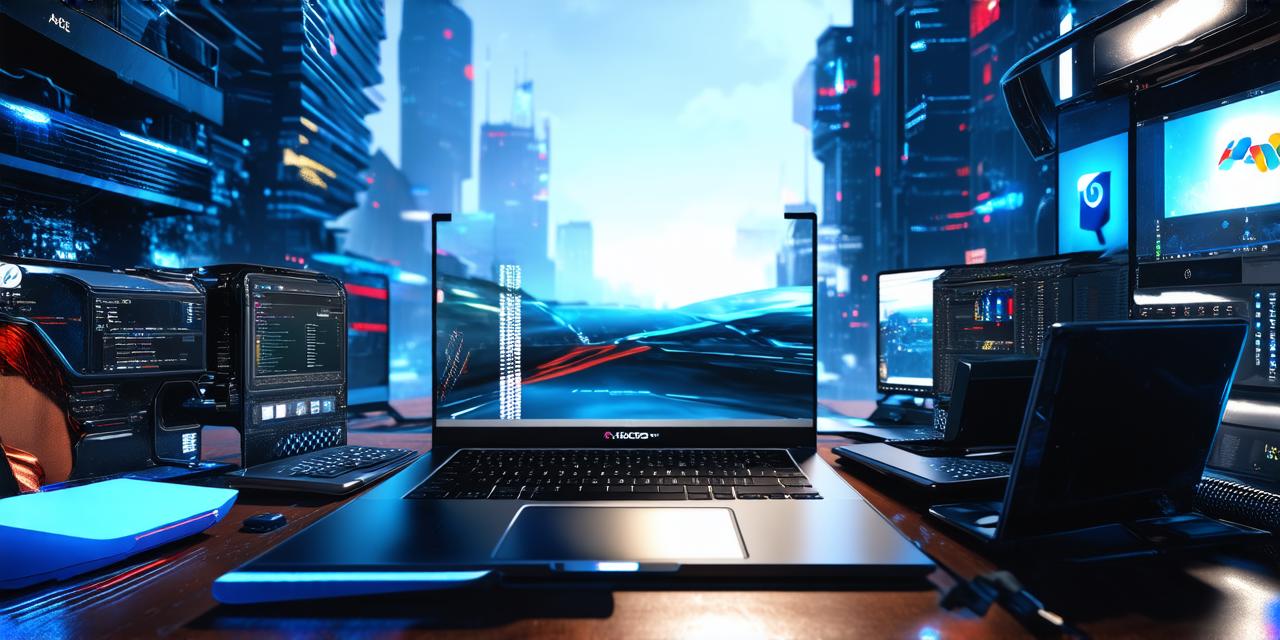Introduction
Is It Possible to Run Unreal Engine on Chromebooks?
Before diving into the details, let’s first address the question on everyone’s minds: is it possible to run UE on Chromebooks? The answer is yes, but with some limitations and compromises.
Unreal Engine’s minimum system requirements specify a dual-core CPU with SSE2 support, 4 GB of RAM, and dedicated graphics card with at least 512 MB of VRAM. While most Chromebooks do not meet these requirements, there are some models that come close. For example, the Google Pixelbook Go has an Intel Core i7 processor, 8 GB of RAM, and integrated Intel UHD Graphics, which should be sufficient for basic UE tasks.
However, it’s important to note that running UE on a Chromebook will not provide the same level of performance and functionality as on a high-end gaming PC or even a mid-range laptop. The limited resources of a Chromebook mean that developers will need to make significant sacrifices in terms of graphics quality, frame rates, and overall system requirements.
Benefits of Running UE on Chromebooks
Despite the limitations, there are several benefits to running UE on Chromebooks. First and foremost, Chromebooks are incredibly affordable and widely available, making them a popular choice for students, educators, and small businesses. This means that developers can reach a larger audience with their VR experiences without breaking the bank.
Additionally, Chromebooks offer built-in support for web technologies such as HTML5, WebGL, and WebVR, which make it easier to create cross-platform VR experiences that can run in browsers. This means that developers don’t need to create separate versions of their VR experiences for different devices, which can save time and resources.
Finally, Chromebooks are designed with security in mind, which is particularly important for developers who need to protect sensitive data and intellectual property. With features like sandboxing, automatic updates, and built-in antivirus software, Chromebooks provide a secure environment for running UE and other applications.
Challenges of Running UE on Chromebooks
While there are several benefits to running UE on Chromebooks, there are also several challenges that developers need to be aware of. The first and foremost challenge is the limited resources available on a Chromebook. As mentioned earlier, Chromebooks typically have less powerful CPUs, less RAM, and integrated graphics cards with lower VRAM than high-end gaming PCs or even mid-range laptops.

This means that developers will need to optimize their UE projects for lower-end hardware, which can be a significant challenge. They will need to reduce the overall complexity of their VR experiences, limit the number of objects and textures in the scene, and use more efficient algorithms and data structures.
Another challenge is the lack of support for certain features in UE that are available on other platforms. For example, UE does not currently support ray tracing, which is a key feature for creating highly realistic VR environments. Developers will need to find workarounds or alternative solutions if they want to use ray tracing on Chromebooks.
Finally, the limited battery life of Chromebooks can be a challenge for developers who want to create VR experiences that are portable and accessible on-the-go. While it’s possible to create VR experiences that run efficiently on a Chromebook, users will still need to recharge their device frequently if they want to use it for extended periods of time.
